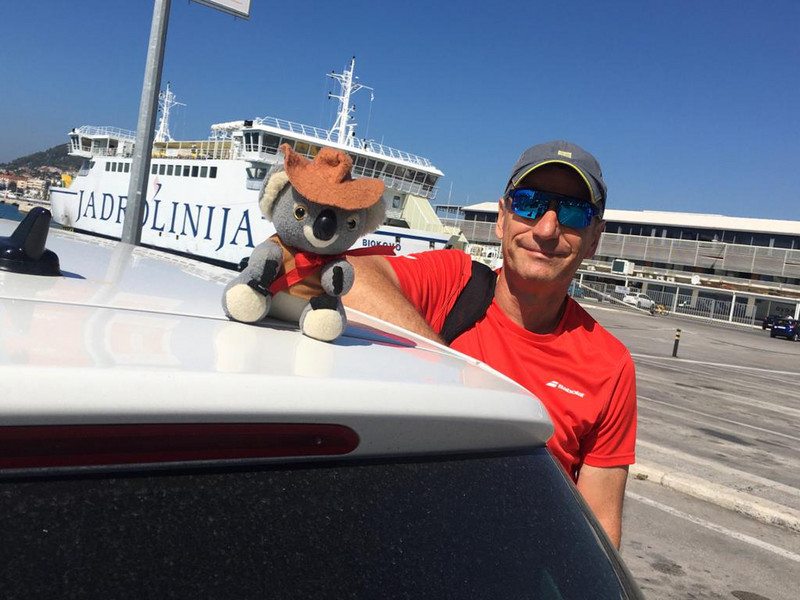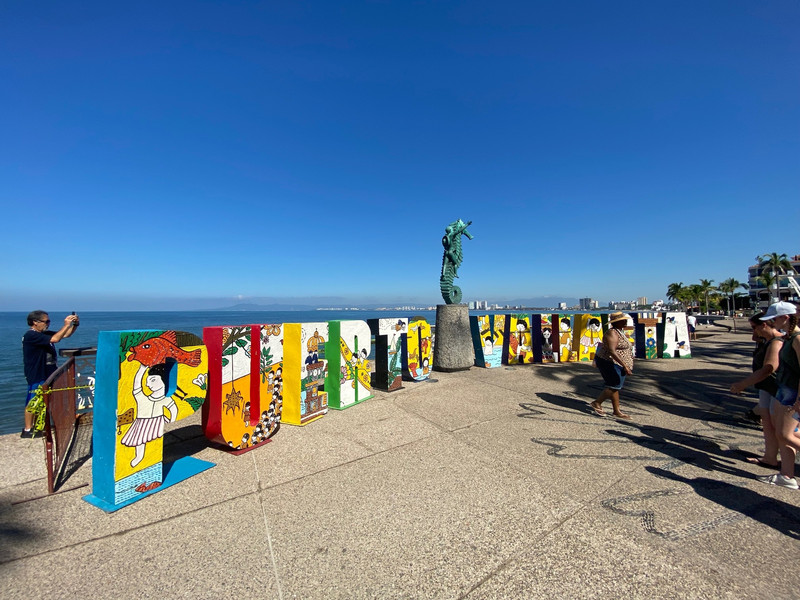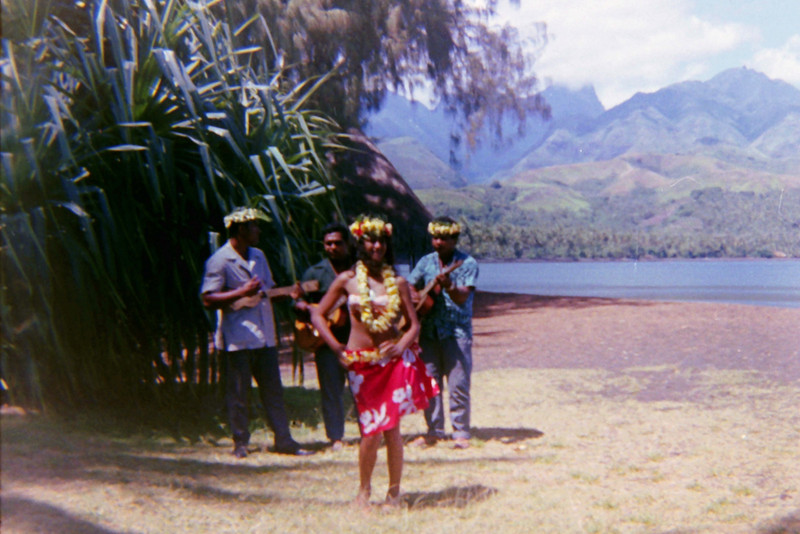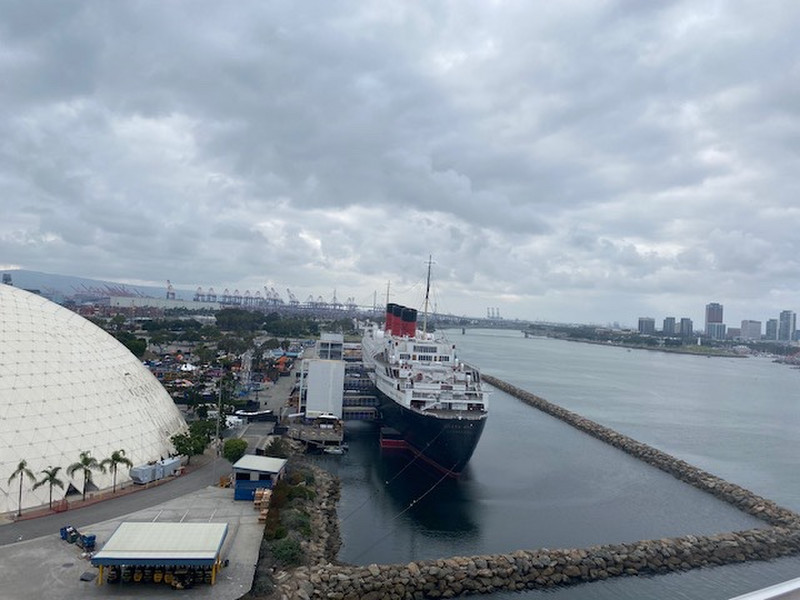The island of Brac is located 15 km (representing a 50 minute ferry ride) off the coast of Split in the Adtiatic sea. To get there we had to board a Jadrolinija ferry and did this with our car. Nenad has been to Brac quite a few times with a yacht when sailing the archipelago of islands, but always stayed only in the marina of the town of Milna for an overnight stay. So he was looking forward visiting this time the island Brac, a place famous for beaches, mountain views and its marble stone quarries, besides historic sites and good restaurants of course. Its best known for the beach Zlatni Rat (Golden Cape), a favored wind and kite surfing site outside the resort town of Bol. Our ferry cut across the calm waters of the Brac Channel swiftly to Supetar, the main town on the island of Brac. We decided to stay there and took an in Villa Vela Luka, a wonderfully renovated mansion set in a park with pine and fruit trees and a variety of bushes and flowers.
Archeological findings on Brac date back to the 12th millennium BC. More significant traces are found of
Greek settlements 4th century BC. According to ancient sayings Antenov, a hero from Troy came to Brac from Greece after the fall of Troy. He was by a shepherd Braha, farmer Silena and fisherman Elafa. Their successors and descendants have followed the same occupations through history. Life on island Brac has been based on cattle breeding, farming (agriculture) much of it wine and olive oil making and maritime professions. The rest of the history follows much of the Dalmatian coast pattern; Roman rule, Slav settlements, Venice Republic and Habsburg Empire ruling. Brac was particularly hard hit by the Black Death plague in mid 15th century. Of its 6000 inhabitants barely 2000 survived, so the Church recordings say. Brac was also a place of outward migration in the early 20th century. Many Brac descendants can be found in Chile, Argentina, but also Australia and NZ. The Croatian diaspora is estimated to about half of the countries 4.1 million population. One of the most important emigrational periods was between 1890 and 1924. This purely economic migration consisted of the surplus of its agricultural population. The most important factor especially in Dalmatia was the grapevine pest, agrarian crisis, insolvency of the peasants
and simply too large families to feed. Nenad quotes a Croatian saying: Trbuhom za kruhom (move your stomach where the bread is). On the other hand, the intensive development of overseas countries, particularly the United States of America and later in the 20th century also Australia and Latin America, attracted young adventurers. Most of the emigrants were young males, and the most preferred destination was the USA. Dalmatians were a large part of this emigration. The second big wave came in 1945. This however was a political migration.
Today the economy of Brac is based mostly on tourism, but fishing and agriculture (especially wine and olives) are very important too, as is its precious white stone (marble), which was already 2000 years ago used in building the Diocletians Palace in Split and later the Canadian National Vimy Memorial and partially for the White House in Washington, D.C. Historically, Brac was famous for goats, even Gaius Plinius Secundus, called Pliny the Elder, a Roman author, a naturalist and natural philosopher, a naval and of the early Roman Empire, and a friend of emperor that from the island of Brattia (the Latin name for the island) comes
The island of Brac has the highest lookout of the Dalmatian islands. Its name is Vidova Gora and it is 780 m high above sea level, giving wonderful views over the other island archipelagos and the mainland. The southern face descends steeply, with cliffs sloping into the sea towards the town of Bol. The northern face is a karst highland mild slope of some ten kilometers of width. This highland is for the most part covered with scarce shrubland and Mediterranean macchia and with black pinewood.









